PROTECT YOUR DNA WITH QUANTUM TECHNOLOGY
Orgo-Life the new way to the future Advertising by AdpathwayIncreasing Tensions: ICE’s Focus on Criminal Immigrants in New York City
Acting U.S. Immigration and Customs Enforcement (ICE) Director Todd Lyons has issued a clear warning: immigration enforcement in New York City is set to increase, targeting criminal illegal immigrants. “You will see an increase in ICE arrests because there are so many criminal illegal aliens that have been released in New York specifically,” he stated during an interview on Fox News. His message underscores a growing concern among federal officials regarding public safety risks stemming from these individuals.
The urgency in Lyons’ statement points to a significant pivot in ICE’s approach, particularly in a city that has long positioned itself as a sanctuary for immigrants. The heightened enforcement pressures are fueled by a notable recent operation—“Operation Canal Street”—where agents arrested nine undocumented immigrants accused of various violent crimes tied to illicit activities, including the sale of counterfeit goods. This operation has already sparked backlash, illustrating the increasing divide between federal authorities and local governance.
Many in New York City view ICE’s actions with skepticism and alarm. Local officials, like Councilman Christopher Marte, have condemned the agency’s tactics, labeling the operation a “military-style” incursion. Marte’s comments reflect the anxiety many residents feel towards federal enforcement actions, particularly in urban areas that pride themselves on inclusivity and the protection of immigrant communities. He expressed concerns about the methods used: “ICE has no place in New York City, especially not in the heart of Chinatown, terrorizing our immigrant neighbors with military vehicles and masked agents.”
This local resistance plays into broader narratives surrounding immigration policy. As ICE ramps up its activities, advocates argue that such operations create an atmosphere of fear that dissuades immigrants from interacting with local law enforcement, especially if they themselves become victims of crime. This tension is palpable, as noted by Tricia McLaughlin from the Department of Homeland Security, who cited violent protests against ICE’s enforcement actions during the Canal Street raid, including instances of obstruction that complicated law enforcement efforts.
Statistically, the push for arrests aligns with ICE’s operational data. From October 2022 to September 2023, the agency executed over 142,000 administrative arrests nationwide, with more than half involving individuals with criminal records. In New York City, ICE made over 2,600 arrests within the same timeframe, highlighting a trend towards targeting those who pose public safety threats.
Amid these developments, the tensions between local policies and federal enforcement are becoming increasingly apparent. New York City’s sanctuary policies limit local law enforcement’s collaboration with ICE, particularly regarding the holding of individuals on immigration matters without a judicial warrant. This creates a situation where dangerous individuals can be released back into the community even when ICE has requested their detention. Lyons pointed out, “There are too many cases where dangerous individuals are being released back into the community instead of being handed over to us. That raises the level of enforcement we have to do on the streets.”
The rise in ICE’s activity comes at a time when many local governments are aiming to limit cooperation with federal immigration enforcement. As federal courts weigh in on such disputes, the implications for public safety policies remain contested. Witness accounts from the Canal Street incident reveal a volatile atmosphere, with spontaneous protests erupting in a show of dissent against federal agents.
Lyons has made it clear that ICE’s operations are not random but are rooted in specific intelligence regarding criminal activities. He stated, “This wasn’t just something that organically happened overnight and we decided to hit Canal Street.” This assertion reflects ICE’s desire to clarify that its efforts focus on serious offenders rather than targeting the general immigrant population.
Looking ahead, ICE plans to continue its push for enforcement without detailing specific operations. As they proceed, tensions are expected to escalate in neighborhoods where local authorities are unwilling to collaborate. These developments raise pressing questions about the balance between public safety and preserving the welcoming character of the city.
In the eyes of supporters, the rationale for increased ICE enforcement speaks to broader issues of safety and the rule of law. “If we don’t arrest them and start the process to remove them, we’re letting dangerous people stay on the streets where they can harm others,” Lyons asserted, emphasizing the agency’s commitment to its mission.
As this confrontation continues, the focus remains on criminal elements within immigrant populations. Federal officials claim they are prioritizing high-risk individuals, steering clear of families and low-priority cases. Yet, as operations unfold, the potential for increased unrest among the community and law enforcement remains a prevailing concern.
Ultimately, the situation in New York City encapsulates a critical moment in the ongoing debate over immigration enforcement and public safety, underscoring the complexities of navigating local and federal laws in volatile social climates.
"*" indicates required fields


 5 hours ago
3
5 hours ago
3
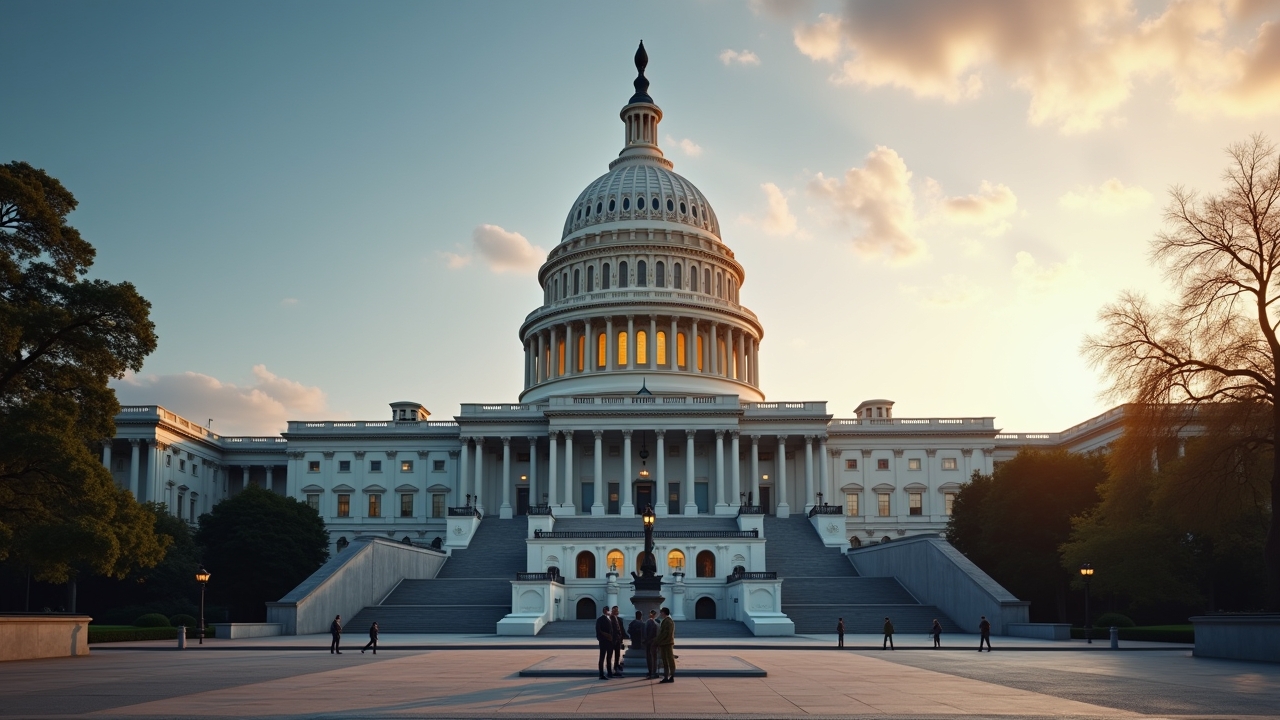

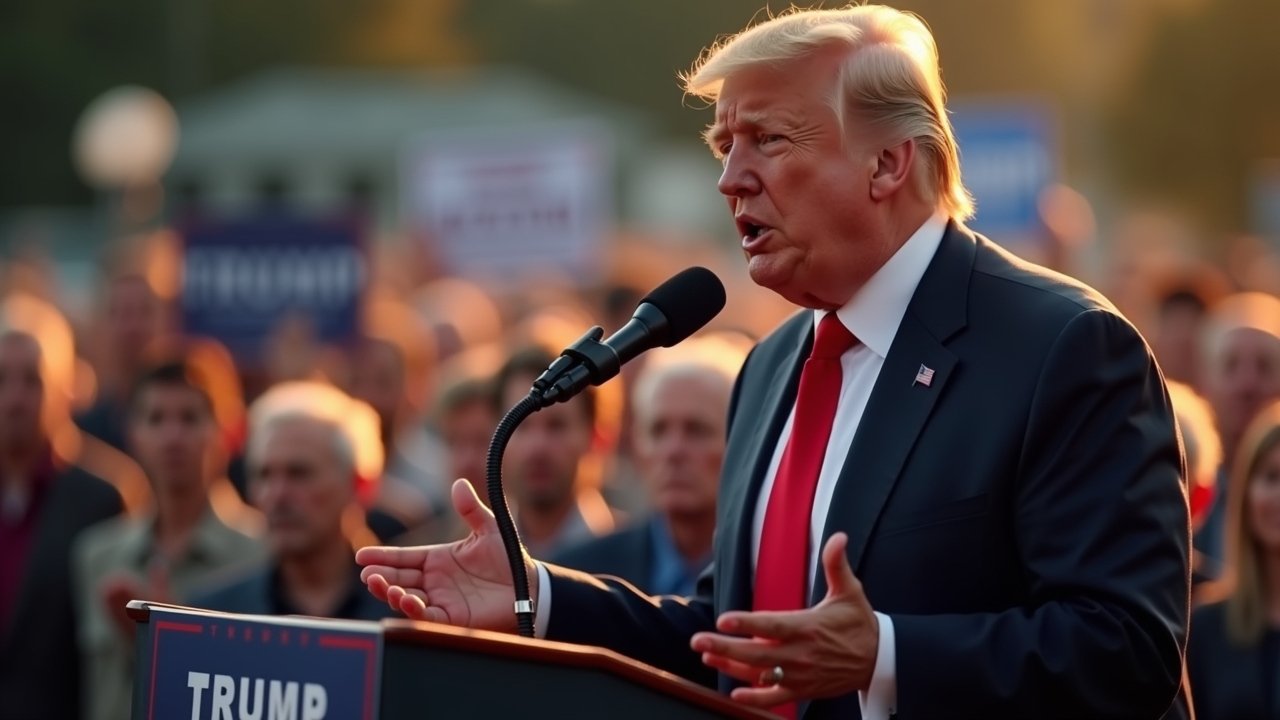


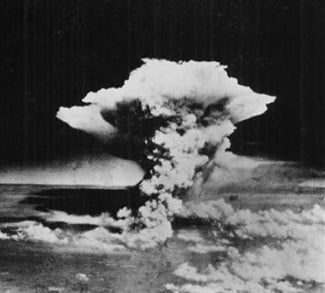

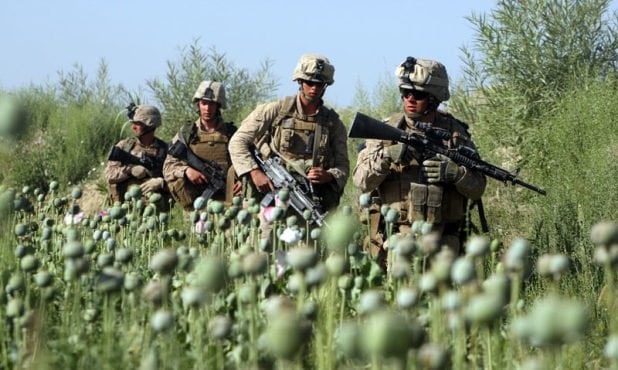

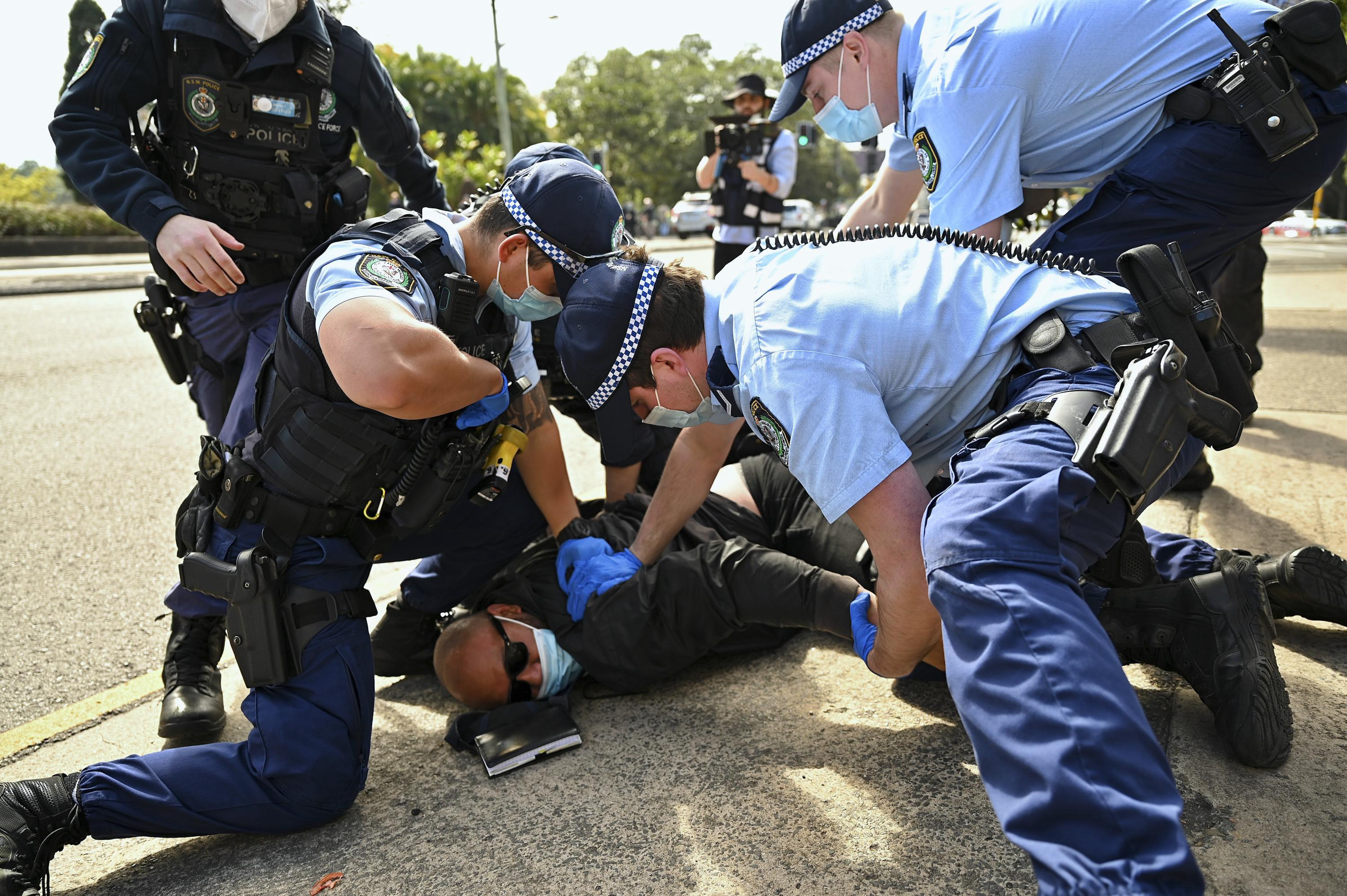
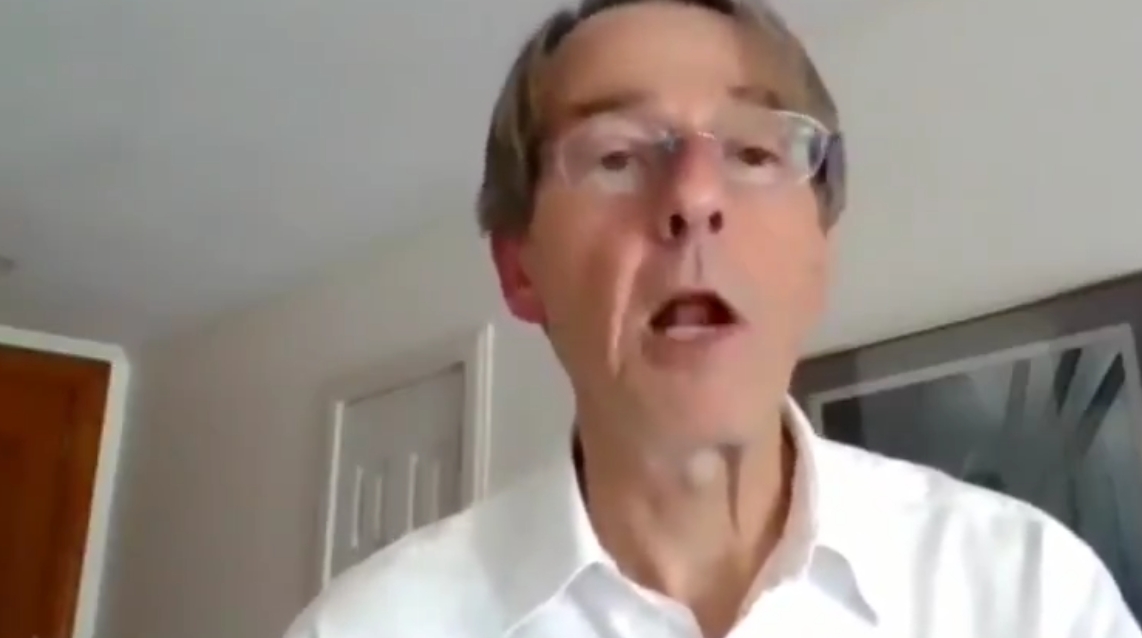



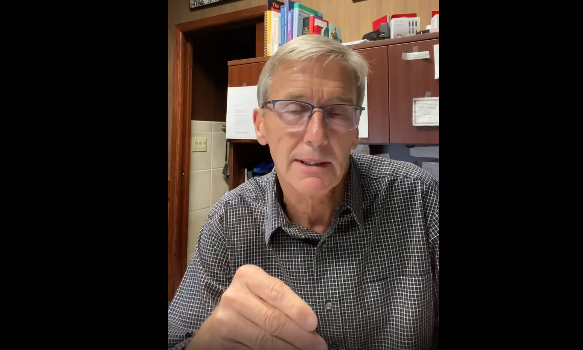
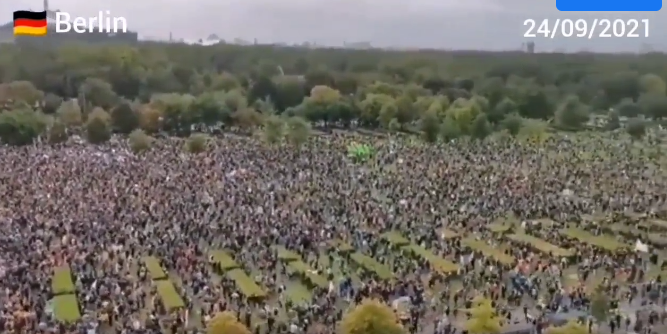
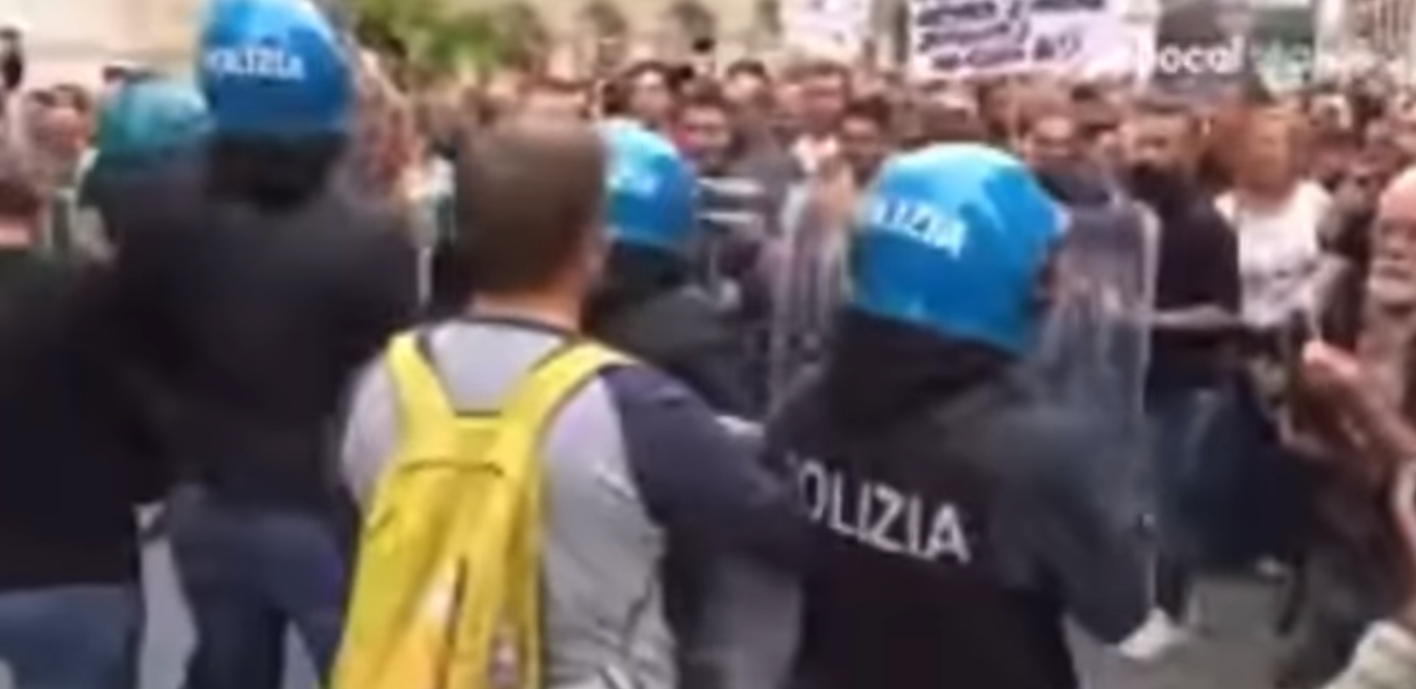

.jpg)

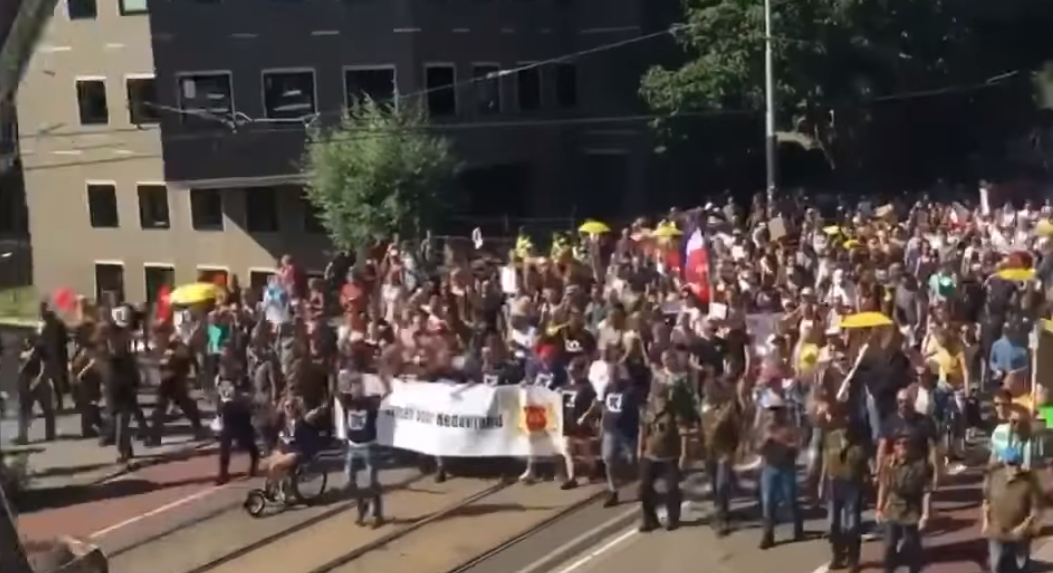
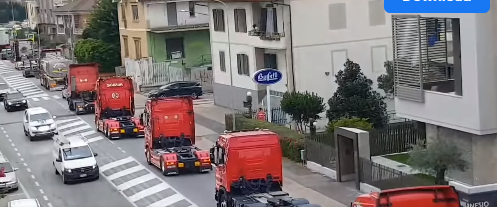
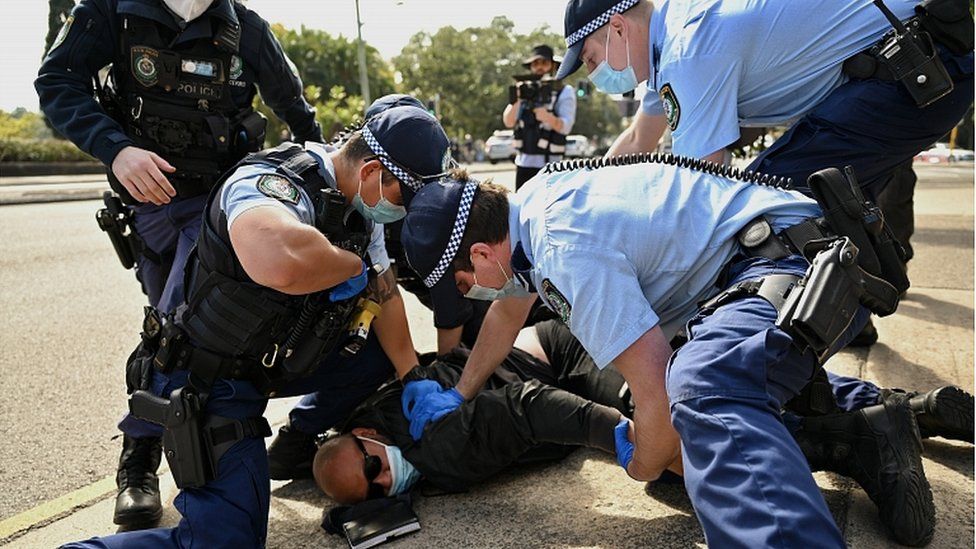
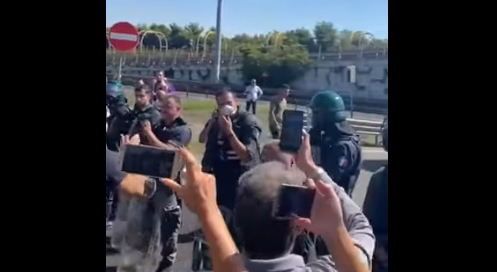

 English (US) ·
English (US) ·  French (CA) ·
French (CA) ·